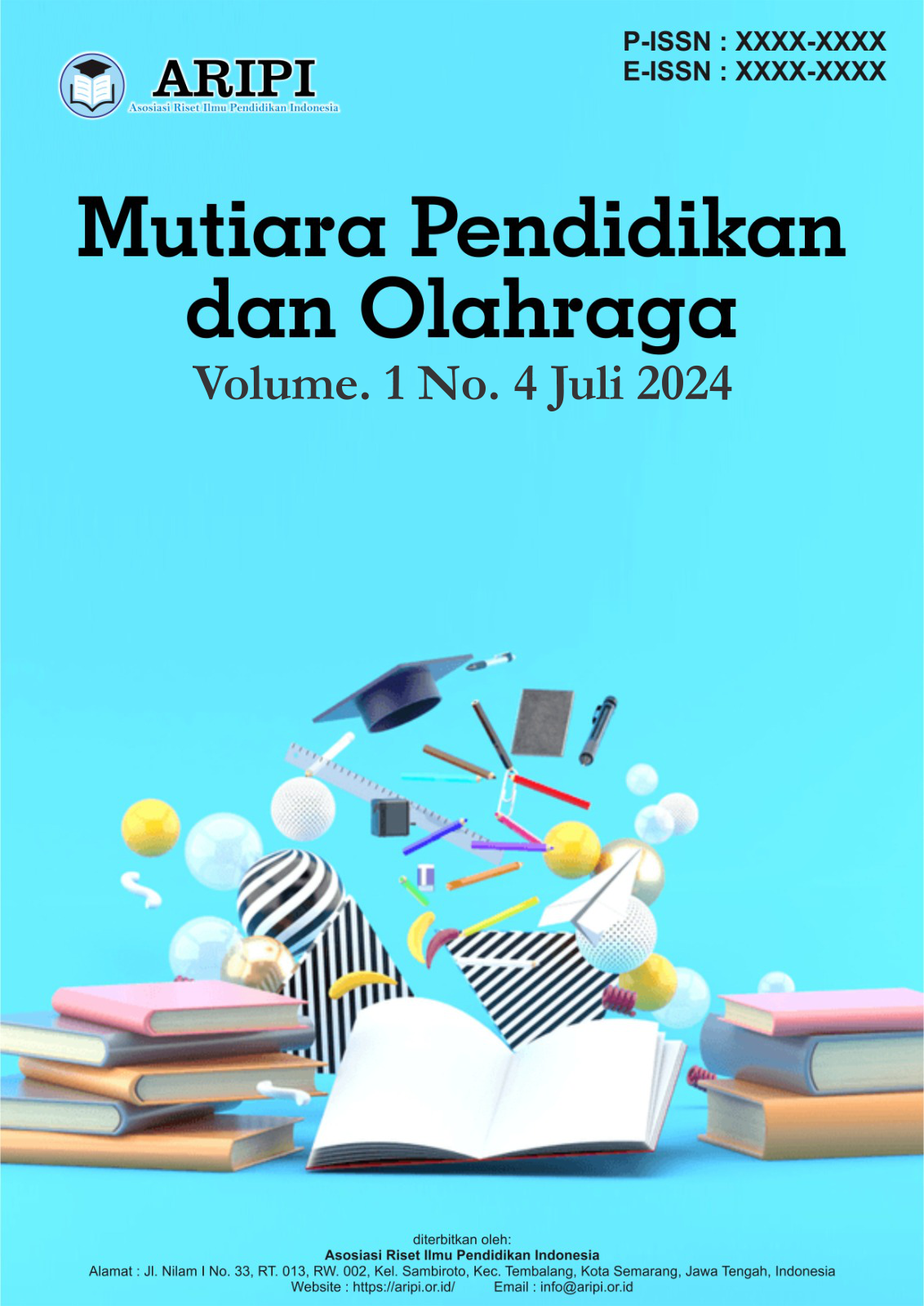Analisis Makna, Fungsi, Dan Konteks pada Mantra Jaran Goyang
Keywords:
meaning, function, context of narration, hermeneutics, Jaran GoyangAbstract
Mantras are spelled out as part of the cultural values of a community. In the mantra text there are various concepts of the value of spirituality and religiosity. Mantras are also part of the means of asking for help and wishes in order to be granted by God. One of the mantras discussed in this study is the “Asihan Jaran Goyang” spell. This mantra aims to overcome the soul and soul of others to love and like the person who practices the mantra. In this study, “Asihan Jaran Goyang” was positioned into a text that was discussed based on the meaning, function and context of the narrative. The method used in this study is descriptive-qualitative by placing text analysis as the object of study. In addition, it also analyzes the context of mantra narration related to the practice that is a condition for obtaining power from the spell. The results showed that the structure of the “Asihan Jaran Goyang” mantra from the use of language, majas, and themes with isotopy analysis is related to the form of belief in God. Meanwhile, the function, context of narration and creation process describe the process of chanting mantras and practices that must be fulfilled by the mantra reciter, while functions indicate the functional usefulness of mantras by mantra reciters.
References
Ahimsa-Putra, H. S. (2012). Strukturalisme Levi-Strauss: Mitos dan Karya Sastra. Yogyakarta: Kepel Press.
Badrun, A. (2014). Patu Mbojo: Struktur, Konteks Pertunjukan, Proses Penciptaan dan Fungsi. Mataram: Lengge.
Danandjaja, J. (2002). Folklor Indonesia: Gosip, Dongeng, dan Lain-lain. Jakarta: Grafitipress.
Depdikbud. (2015). KBBI Edisi V. Jakarta: Kementerian Pendidikan dan Kebudayaan.
Endraswara, S. (2004). Metodologi Penelitian Sastra. Yogyakarta: Pustaka Widyatama.
Hutomo, S. S. (1991). Mutiara yang Terlupakan. Surabaya: HISKI.
Isnaini, H. (2007). Mantra Asihan: Struktur, Konteks Penuturan, Proses Penciptaan, dan Fungsi. Universitas Pendidikan Indonesia. Bandung.
Isnaini, H. (2017a). Analisis Semiotika Sajak "Tuan" Karya Sapardi Djoko Damono. Deiksis: Jurnal Pendidikan Bahasa dan Sastra Indonesia, 4(2).
Isnaini, H. (2017b). Memburu "Cinta" dengan Mantra: Analisis Puisi Mantra Orang Jawa Karya Sapardi Djoko Damono dan Mantra Lisan. Semantik, 3(2), 158-177.
Isnaini, H. (2021). Tafsir Sastra: Pengantar Ilmu Hermeneutika. Bandung: Pustaka Humaniora.
Isnaini, H. (2022). Mantra Asihan Makrifat: Analisis Struktur, Konteks Penuturan, Proses Penciptaan, dan Fungsi. JURRIBAH: Jurnal Riset Rumpun Ilmu Bahasa, 1(1), 1-12.
Kukushkina, Y. (2000). 'The Poetry of Mantera': The Archaic Charm as Interpreted By an Indonesian Poet. Indonesia and the Malay World, 28(81), 109-125.
Moleong, L. J. (2002). Metodologi Penelitian Kualitatif. Bandung: Remaja Rosdakarya.
Ratna, N. K. (2006). Teori, Metode, dan Teknik Penelitian Sastra. Yogyakarta: Pustaka Pelajar.
Waluyo, H. J. (1987). Teori dan Apresiasi Puisi. Jakarta: Erlangga.
Downloads
Published
How to Cite
Issue
Section
License
Copyright (c) 2024 Mutiara Pendidikan dan Olahraga

This work is licensed under a Creative Commons Attribution-ShareAlike 4.0 International License.





